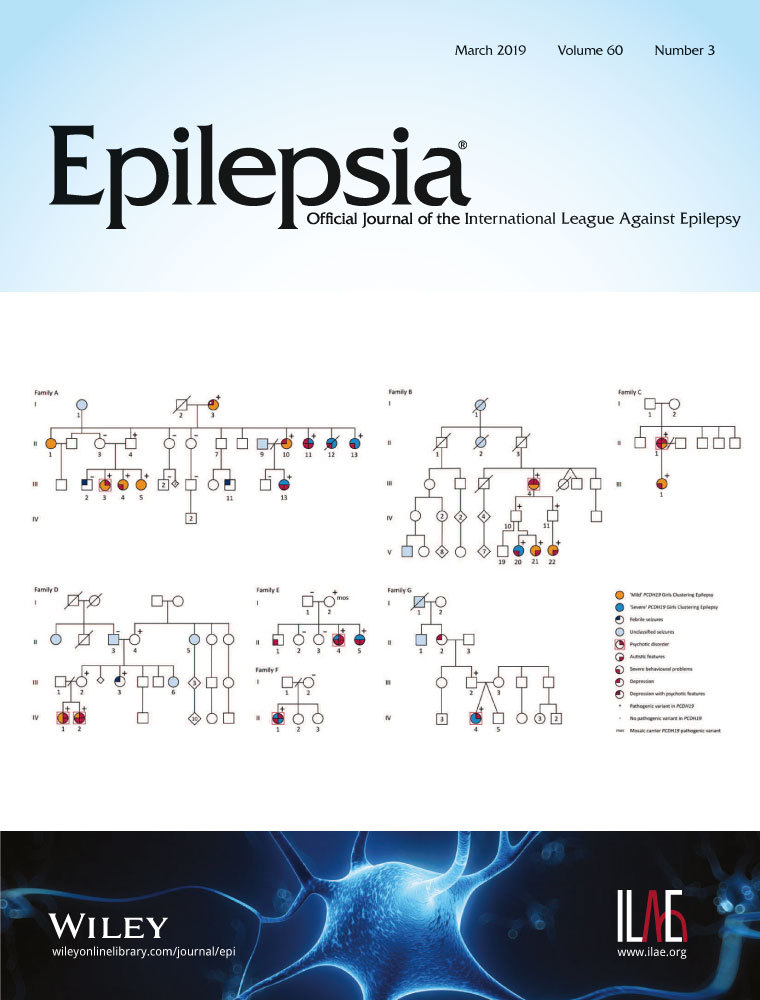Risk analysis of hemorrhage in stereo-electroencephalography procedures
Summary
Objective
To examine the true incidence of hemorrhage related to stereo-electroencephalography (SEEG) procedures. To analyze risk factors associated with the presence of different types of hemorrhage in SEEG procedures.
Methods
This was a retrospective, single-center observational study examining every SEEG implantation performed at our center from 2009 to 2017. This consisted of 549 consecutive SEEG implantations using a variety of stereotactic and imaging techniques. A hemorrhage grading system was applied by a blinded neuroradiologist to every postimplant and postexplant computed tomography (CT) scan. Hemorrhages were classified as asymptomatic or symptomatic based on neurologic deficit seen on examination. Statistical analysis included multivariate regression using relevant preoperative variables to predict the presence of hemorrhage.
Results
One hundred five implantations (19.1%) had any type of hemorrhage seen on postimplant CT. Of these, 93 (16.9%) were asymptomatic and 12 (2.2%) were symptomatic, with 3 implantations (0.6%) resulting in either a permanent deficit (2, 0.4%) or death (1, 0.2%). Male sex, increased number of electrodes, and increasing age were associated with increased risk of postimplant hemorrhage on multivariate analysis. Increasing score in the grading system was related to a statistically significant increase in the likelihood of a symptomatic hemorrhage.
Significance
Detailed examination of every postimplant CT reveals that the total hemorrhage rate appears higher than previously reported. Most of these hemorrhages are small and asymptomatic. Our grading system may be useful to risk stratify these hemorrhages and awaits prospective validation.




